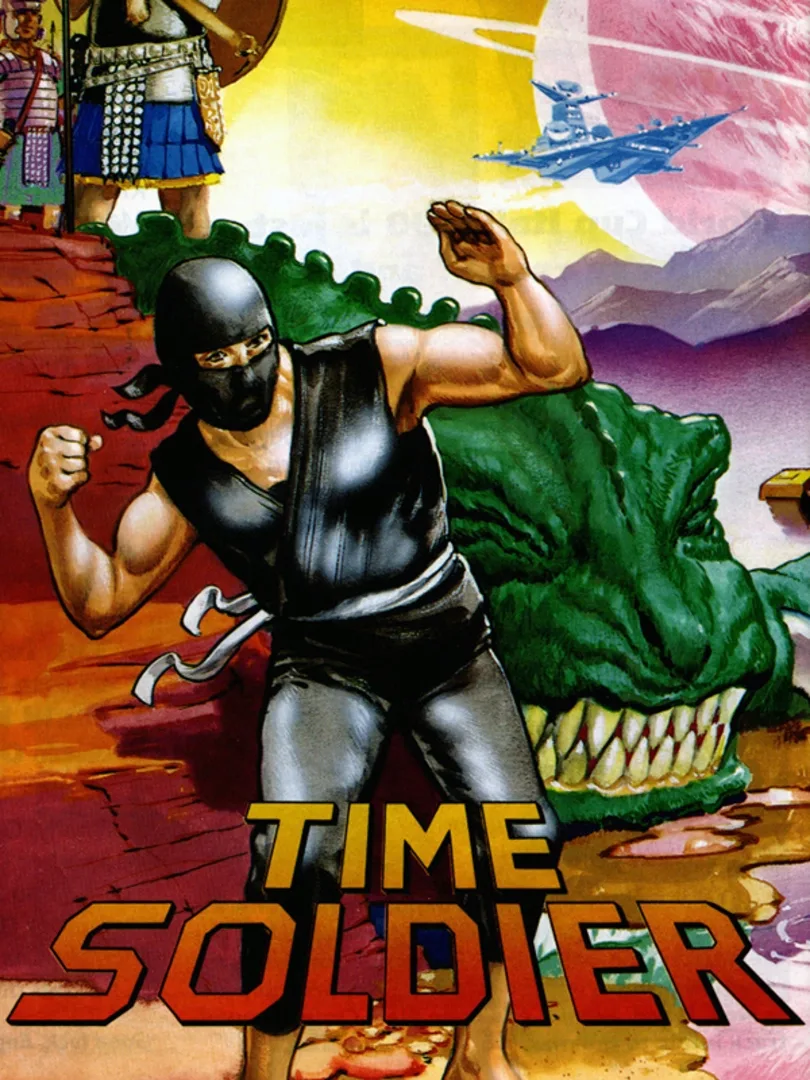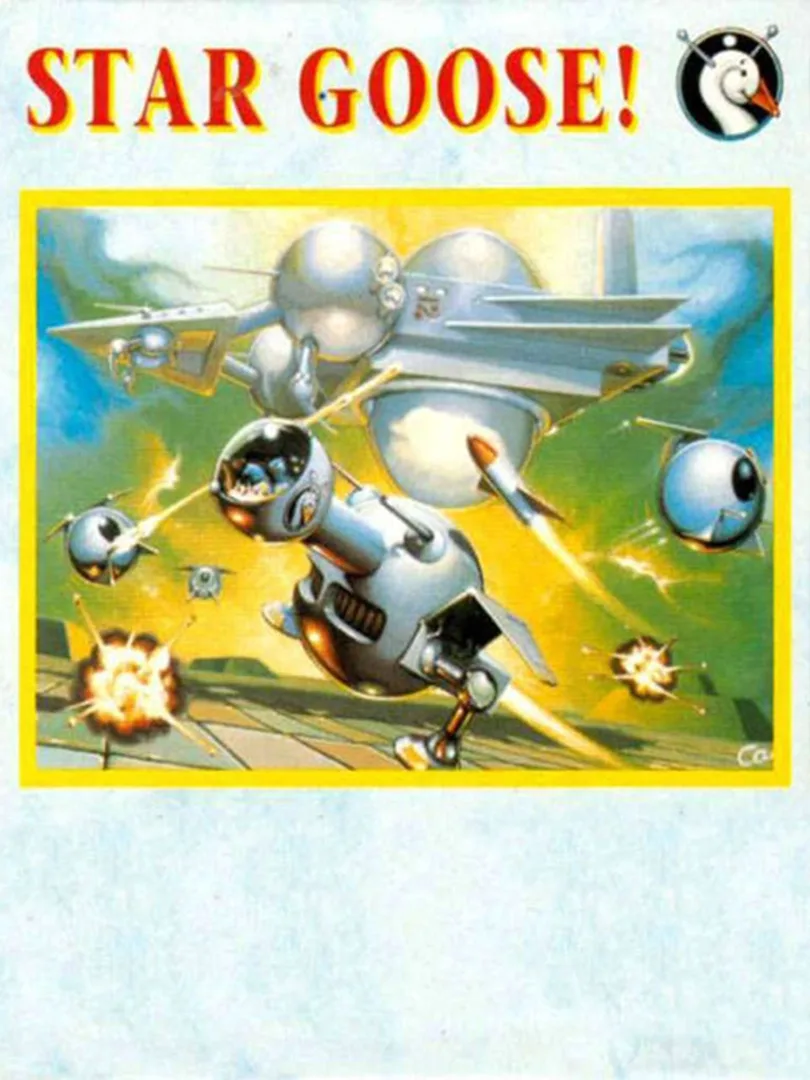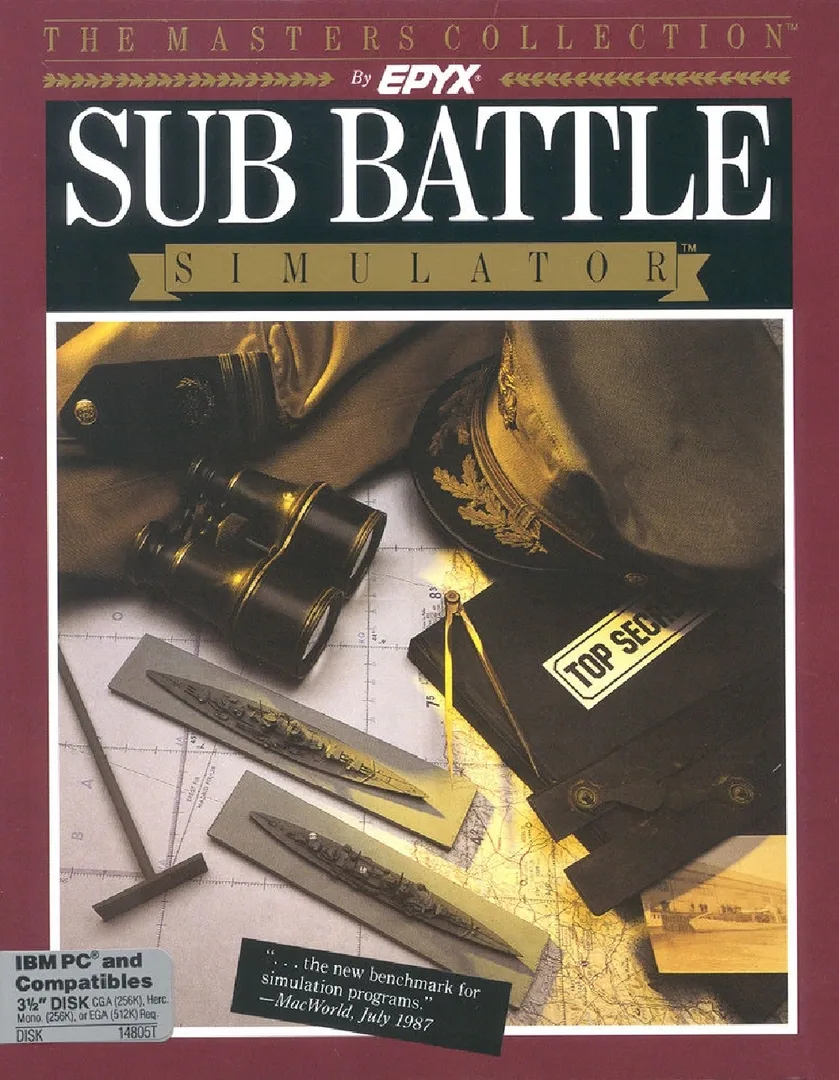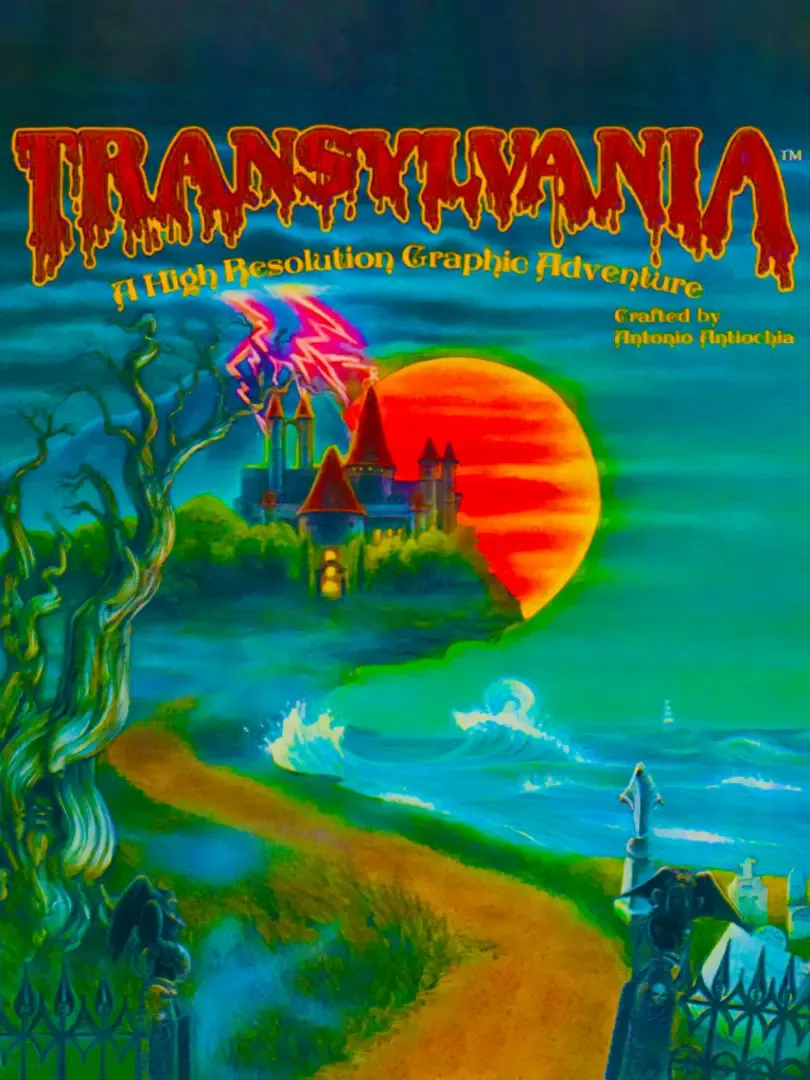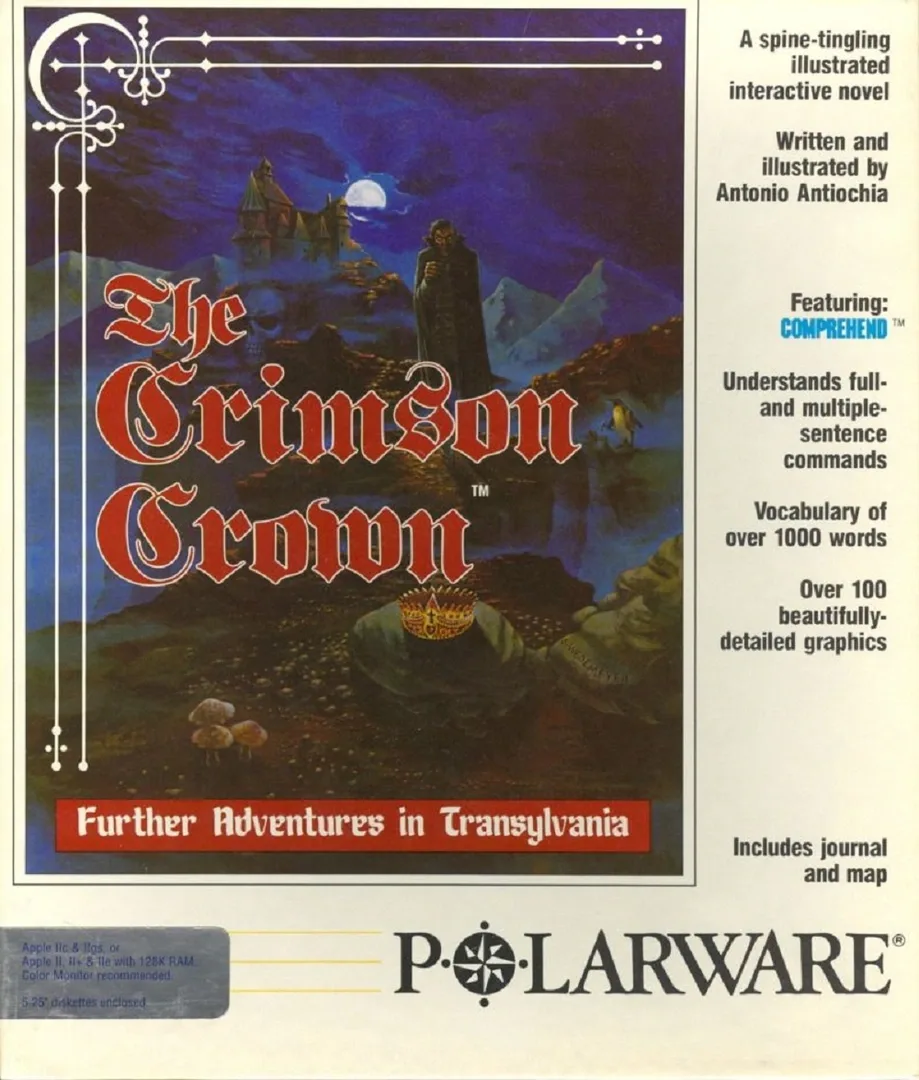Advanced Search
Title
No filter
Genre
No filter
Platform
Amiga
Developer
No filter

Release date: 31/12/1989
Battle Squadron
The destruction of the Barrax Empire... A Whirling Barra ship darts out from the recesses of a dark spiral cave and attacks from the left. You bank hard to escape, but a "chameleon" attacker suddenly appears on the right. The battle is just beginning and this will become your easiest challenge! The toughest opposition awaits! The year is 2400 AD. You have led the squadron to the home planet of the Barrax Empire, prepared to avenge their devastating attack on Earth. Armed with weapons specifically designed for this alien environment, you hope your combat skills are up to the task.
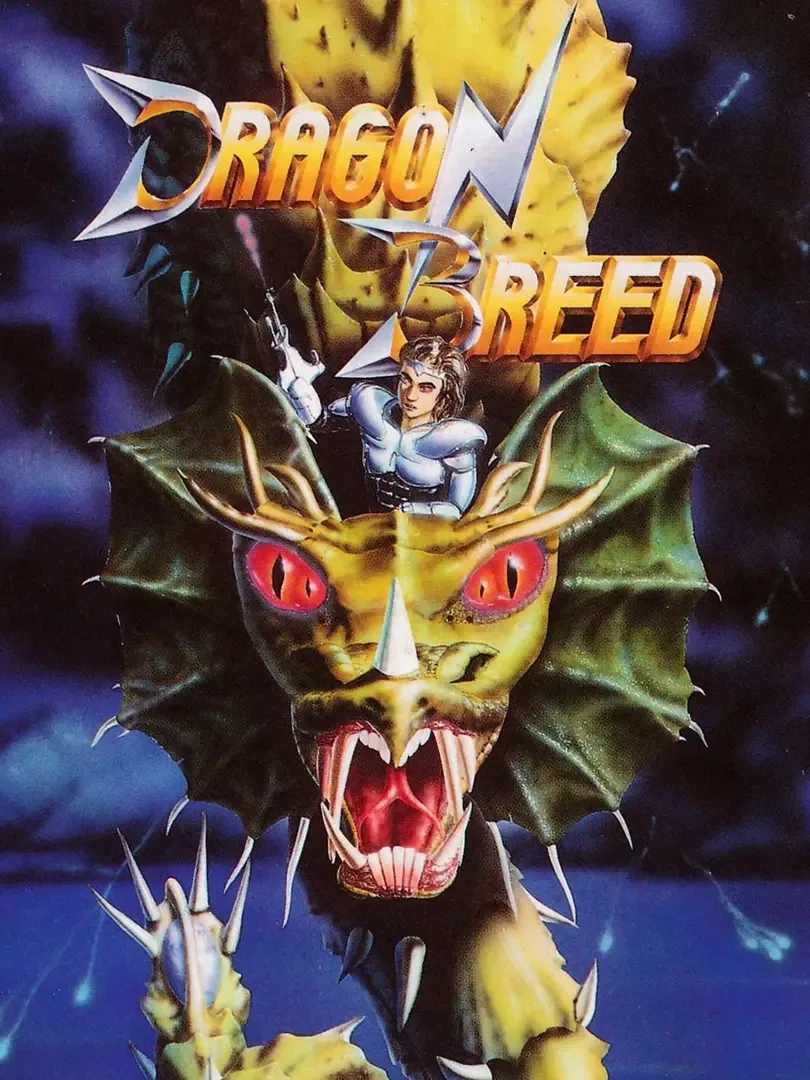
Release date: 31/12/1989
Dragon Breed
The player's character is a human who rides a large, green, flying Chinese-style dragon. The dragon is invincible, capable of blocking most enemy projectiles and damaging enemies on contact; the human, however, is not, but is armed with a forward-firing crossbow. The dragon's body is flexible and responds to the player's movement, enabling the player to use the dragon as a mobile shield or as a whip-like weapon. You can also circle the tail around a group of enemies to kill them. The tail of the yellow or blue dragon can be coiled around the player to offer almost complete invulnerability for a limited time. The dragon can also spit fireballs. By holding the fire button down, the dragon will build up fire in its mouth; the longer the button is held down, the more powerful the fireball will be. There are four levels of fireball power; at its strongest, the fireball resembles a dragon's head. The game also contains some platforming elements - the human is able to dismount on horizontal platforms. Power-ups can be acquired by shooting small green dragons that appear intermittently throughout the levels, or they can be collected from the ground on foot. There are four different power-ups, each of which provides a different weapon to the dragon. Collecting multiple power-ups of the same colour makes that weapon more powerful. The dragon changes colour depending upon which power-up has been collected. Red enables the dragon to breathe a flame. The flame gets longer if more power-ups are collected. Yellow enables the dragon's body to fire crescents in all directions. White enables the dragon to produce up to four miniature dragons, which home in on enemies. Blue enables the dragon to fire downward bolts of electricity from its underside.
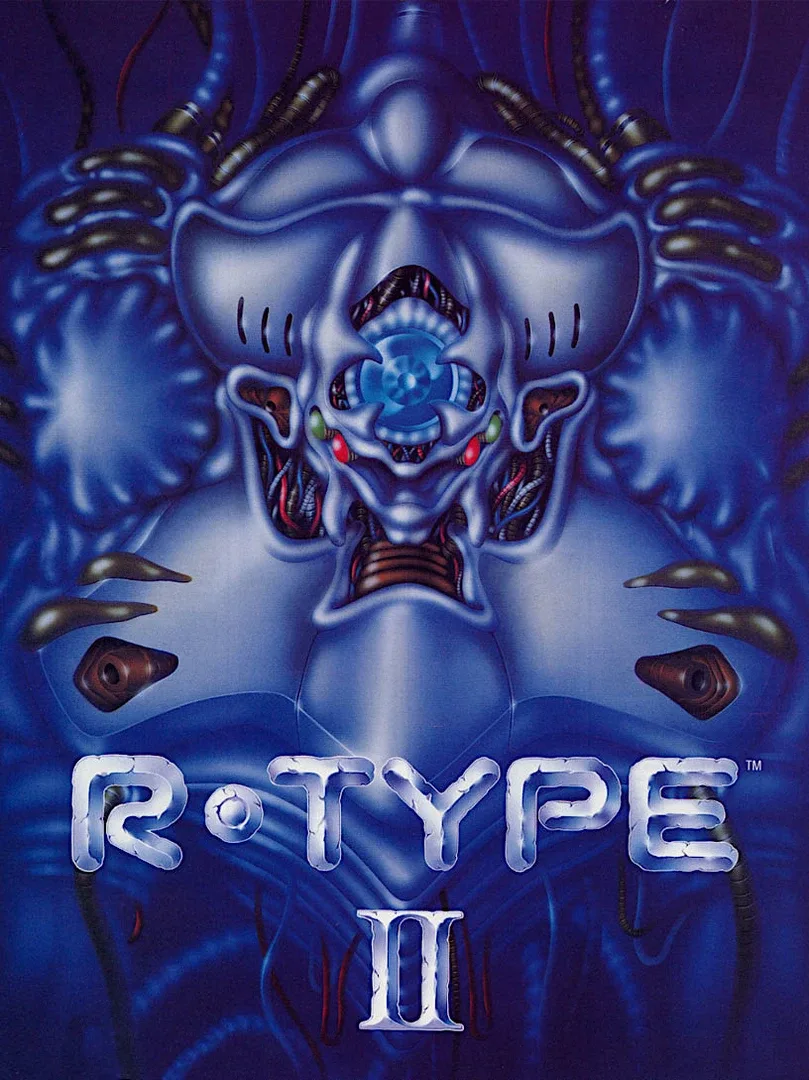
Release date: 31/12/1989
R-Type II
The game is the sequel to R-Type, which was first released as an arcade game in 1987 and profoundly influenced later shooting games with its charge shots, unique weaponry, and grotesque enemies. Hudson Soft ported the later 4 levels of the original R-Type to the PC Engine with the title R-Type II, but the Hudson release is unrelated to the game described in this article. The player controls a ship called the R-9C (or R-9 Custom), which is an improved version of its predecessor game's ship; the R-9. The ship's design was changed slightly, and the wave cannon was given homing capabilities. Two new types of weapons (the Search Laser and Shotgun Laser) were added, bringing the total number of weapon types up to five. A new anti-ground unit bomb was also added to the missile inventory. Though the number of levels was decreased from the prequel, the number of enemies, their durability, and the number of bullets they shoot were greatly increased. Enemy movements and terrain were also made trickier, bringing the game's difficulty up considerably. The same revival system is used as in the prequel, where the player is brought back to a checkpoint whenever their ship is destroyed. The controls are mostly unchanged from R-Type, where the 8-way joystick controls the ship's movement, and the shot button fires the ship's main beam. The other button is used to equip or unequip Force; the series' most unusual innovation. Pressing down the shot button causes the blue beam gauge to fill up, and releasing the button causes a wave beam to travel a certain distance depending on the length of time the button was pressed down. If the button is pressed down until the blue gauge is fully charged, a red gauge appears and fills up quickly. Filling up the red gauge causes it to flash blue and red, releasing the shot button at this point shoots an even more powerful beam. Unlike the normal beam that only travels in a straight line, the newly added Shotgun Laser beam explodes in multiple directions after traveling a short distance. This shot causes heavy damage if the player can target a single enemy with it. However, holding the button down after the gauge is flashing causes the beam to return to the normal transverse beam (the gauge alternates between flashing and returning to the normal state while the button is held down), so the player must release the button at the right timing in order to successfully target enemies. The other newly added beam, the Search Laser, is semi-homing, and can bend at angles up to 45°.
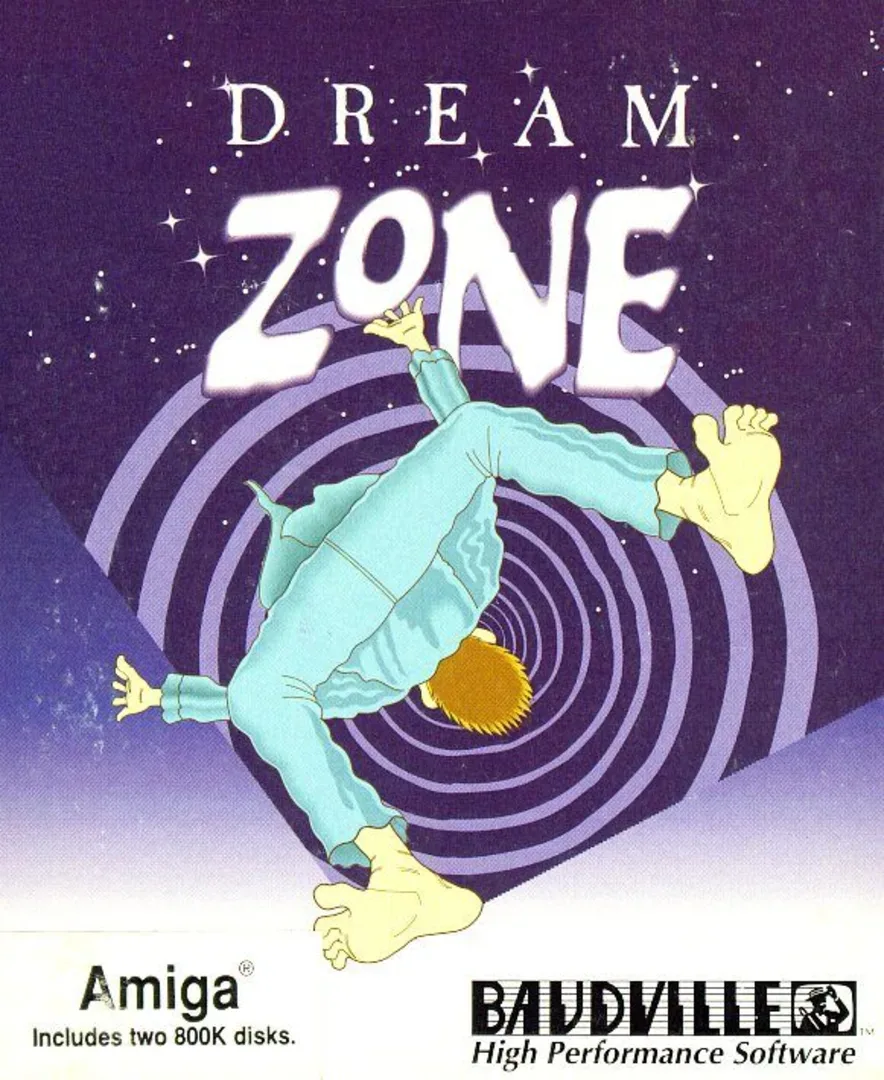
Release date: 31/12/1988
Dream Zone
Dream Zone is a first-person adventure game. A mad scientist's elixir has turned the protagonist's dreams into reality; while in this dream state, he must fight to stay alive, leave that forsaken place, and return to the real world. The game is composed out of still screens, and the player can move between them by selecting four directions. The interaction is performed either by typing text commands or by selecting verbs bound to function keys. Among those verbs are traditional "Look", "Talk", as well as the more unorthodox commands such as "Buy" or "Hit".
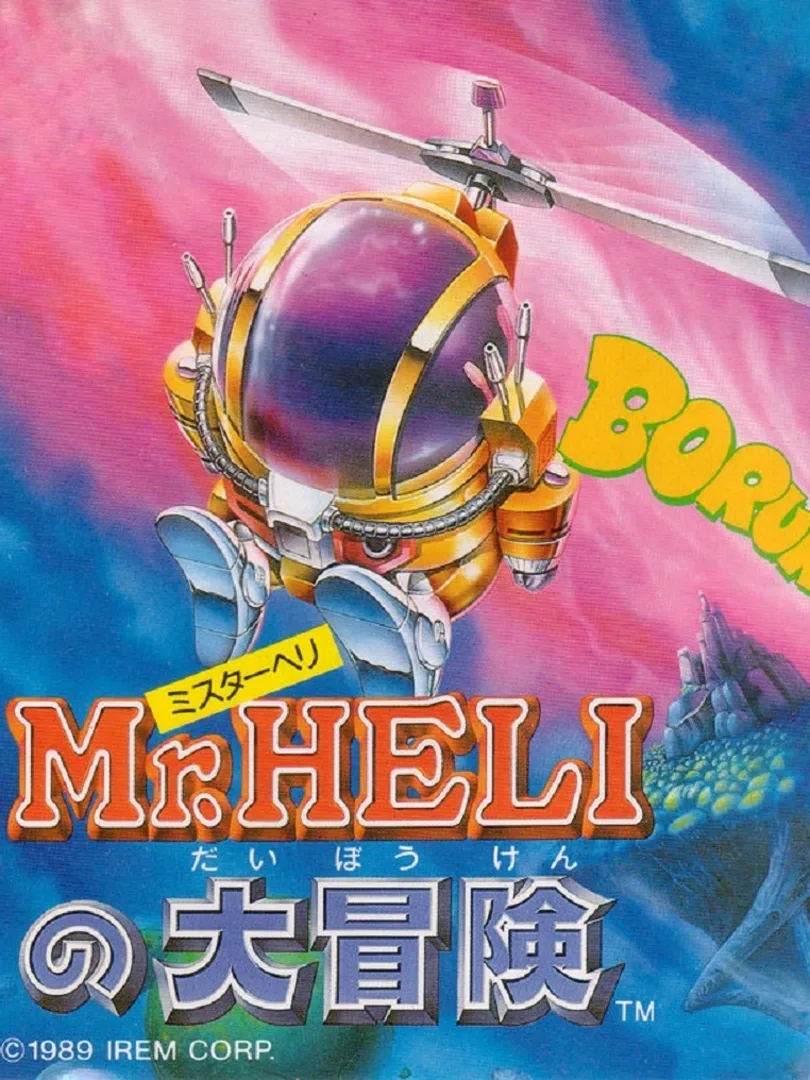
Release date: 01/12/1987
Mr. Heli
It is your mission, 'Mr. Heli' our hero, to unmask 'The Muddy' who is hiding deep underground and rescue the planet. Clear all the zones including floating green islands, moving rock beds, mysterious underground temples, and much more! The exhilarating air battle and stunning graphics capture the true character of the arcade machine. Play sharp, steer right, keep up with the fight!
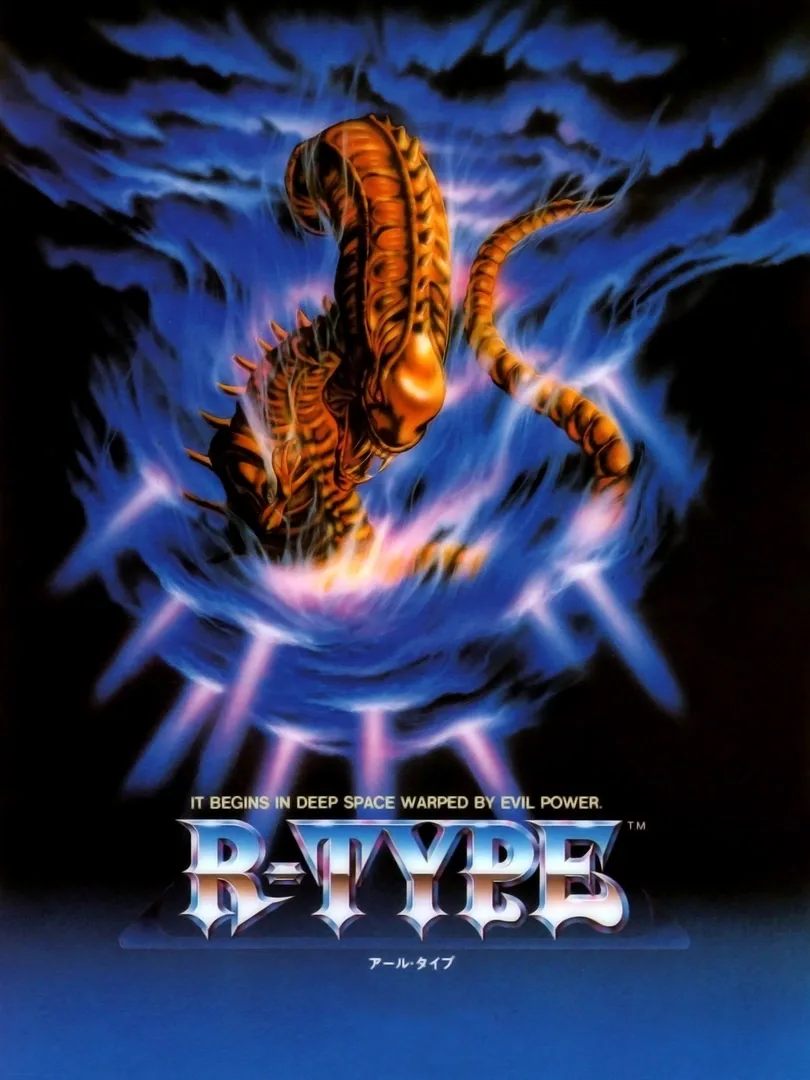
Release date: 01/07/1987
R-Type
R-Type is set in the 22nd century, and the player flies a futuristic fighter craft called the R-9a "Arrowhead", named for its shape, and because it is the ninth model in the 'R' series of fighter craft (but it is the first of the series to actually be used in combat; the previous models were all prototypes). The mission is to 'blast off and strike the evil Bydo Empire'. The R- in the series title originally stood for "ray", as in a ray of light. It was a reference to the many different types of ray-like weapons in the first R-Type. his was later retconned in R-Type Final to refer specifically to the production code as well as a term of endearment for the player fighter craft, the "Round Canopy". The original R-Type was well received by most gaming critics. However, it was also infamous for its relentless difficulty. It earned 7th place in IGN's Top 10 most difficult games to beat. The gameplay of R-Type is noticeably distinct among shoot 'em ups. Invariably the player will lose, not because of an inequality in firepower, but because of the design of the levels themselves. There is usually a 'correct' way to get through a level, but players must learn these by experience - i.e. by losing and restarting from earlier in the level. The game innovated with its weapon system compared to contemporary shooters, featuring a chargeable shot (beam-meter), and detachable 'force' pod; levels were designed to require different tactics and ideal weapons (air-air, diagonal, or air-ground laser).
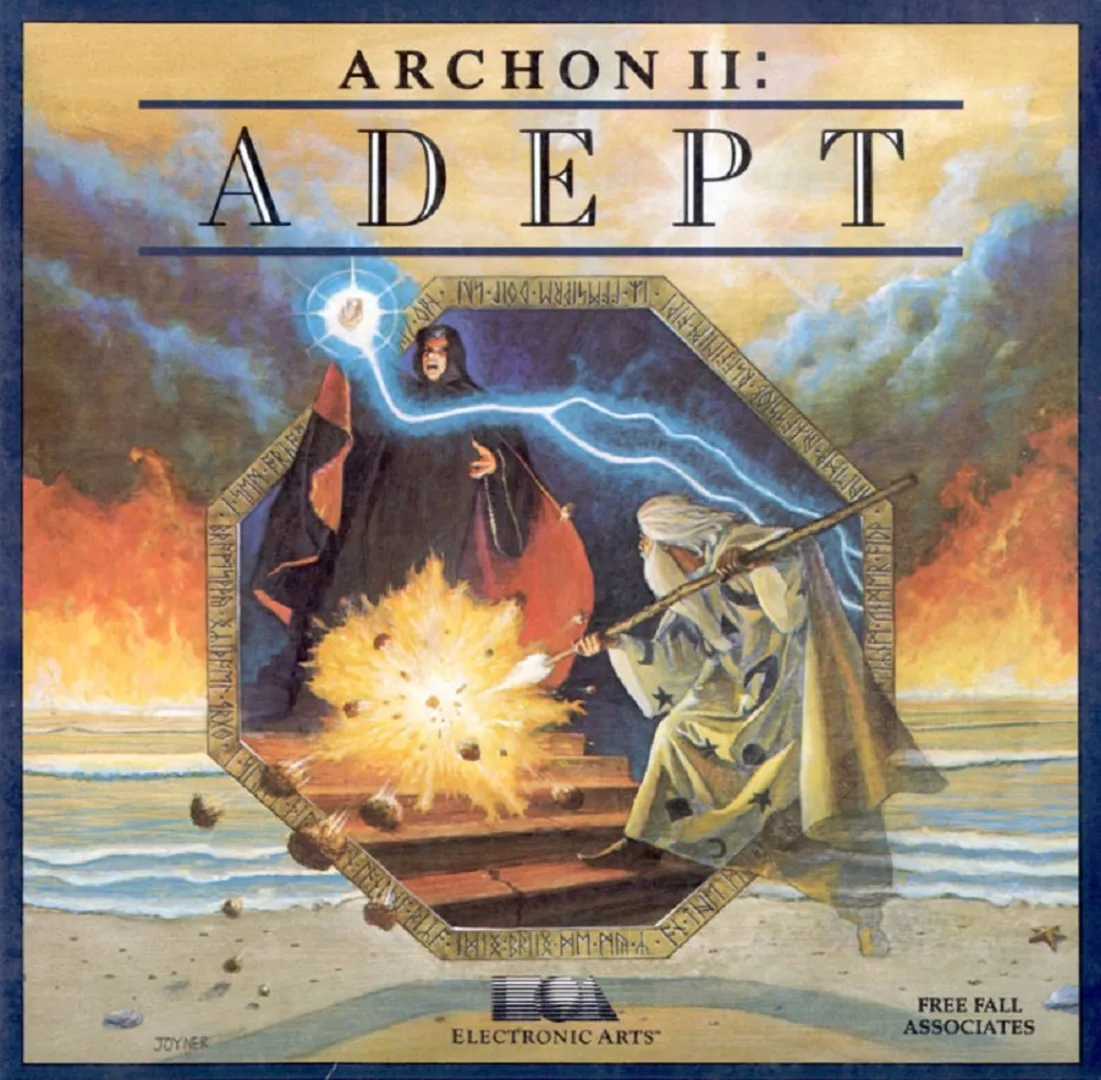
Release date: 31/12/1986
Archon II: Adept
Archon 2 or also Adept is the successor of the successful Electronic Arts classic Archon. As already seen in Archon, an apocalyptic fight takes place in a fantasy surrounding, now not between "light" and "dark" but between "order" and "chaos". It all happens in a game area which is divided into 4 elemental layers. In the center is the earth layer, it is surrounded by the water layer and this is surrounded by the air layer. The outer layer is made of fire. Opposite to its forerunner the players start in Adept only with one magician ("Adept") per layer. All the other creatures have to be conjured in the course of the game. Evocations and other spells cost energy, which is renewed by occupying energy points on the game area with your own creatures. The more points you occupy, the more energy you get. Every side possesses 4 own elemental beings, which have a special force when they are on their corresponding layer. Moreover 4 different demons can be conjured from both sides, which can fight independently from the chosen element. Many of these creatures can use a shooting attack, but they have also lots of special attacks. When two figures meet on a field, here also the screen is zoomed and a fight for life and death starts. The winner claims the hard-fought field. Dependent on the layer you are fighting on, the battlefield has different obstacles such as slowing-down lakes, shoot destracting swirls, flame walls or simply walls ready. The only exception are the two void fields, here no terrain is used
